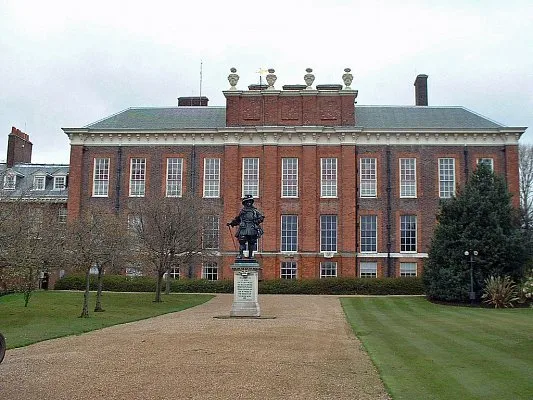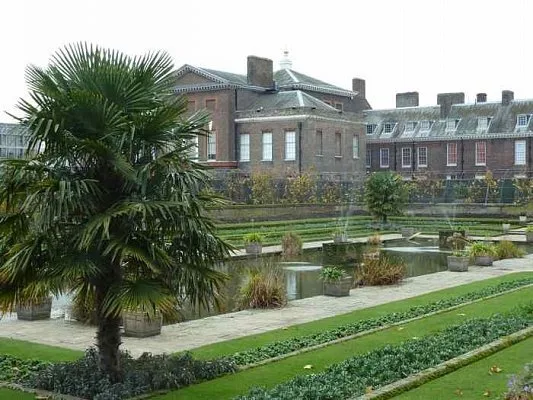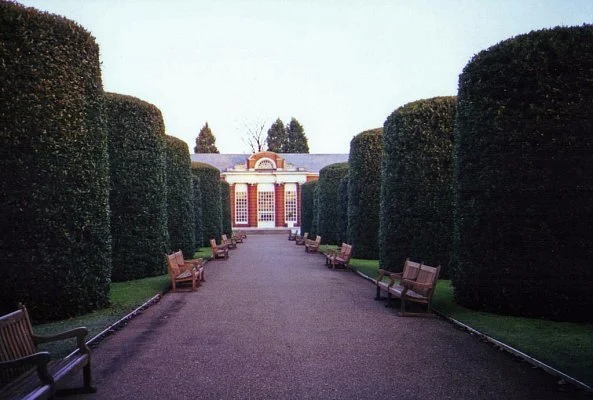Kensington Palace is well known around the world as the London residence of the Prince and Princess of Wales, Charles and Diana, until their divorce in 1991 and then as Diana's residence. After her death in 1997, the palace became a kind of mausoleum for the princess: piles of flowers often lie at the gate. In 1689-1696. The mansion was rebuilt under the leadership of Christopher Wren into a palace, since then it has been owned by the royal family for 300 years.
 |
| Kensington Palace |
General Information
Before George III moved to Buckingham Palace in 1760, this was the main royal residence in London. At the request of William III and Mary II, Wren carried out a reconstruction, adding a couple of apartments and separate entrances. In the XVIII century. Kensington Palace had State Rooms with superb wall paintings by William Kent, a gallery of royal portraits and magnificent classical furniture. All this is included in the tour program of the palace, which is extremely popular with tourists. In addition, tourists are shown a collection of dresses and costumes of courtiers and military uniforms from 1760 to the present day.
 |
| Kensington Palace |
On the morning of June 20, 1837, 18-year-old Princess Victoria was awakened early and told that her uncle William IV had died and she had become head of state. Near Kensington Palace, facing the Round Pond, there is a touching statue depicting a girl-queen.
 |
| Kensington Palace |
While strolling through the palace park, you can have tea in the Orangery, designed by Wren's student Nicholas Hawksmoor and decorated by the famous Dutch-born carver Grinling Gibbons.
 |
| Kensington Palace |
- Tel: 087-0751 5170
- Closed on Sat. and Sun.
- Entrance fee
- High Street Kensington or Queensway tube station